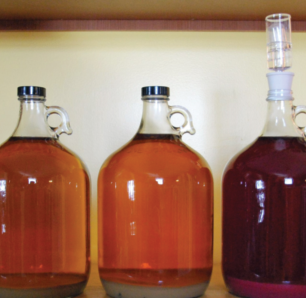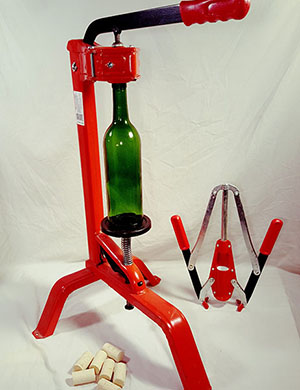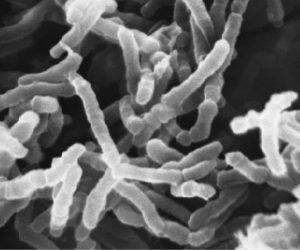 Making wine at home usually (at least at first) means making small batches. In fact one of the most common batch sizes home winemakers work with is 5 gallons (19 L). Some winemakers make even smaller batches, however — sometimes as little as 1 gallon (3.8 L) at a time. While the process of making wine is essentially the same whether you make one gallon or 100 gallons, making wine in very small batch sizes requires a bit more attention to detail to ensure success.
Making wine at home usually (at least at first) means making small batches. In fact one of the most common batch sizes home winemakers work with is 5 gallons (19 L). Some winemakers make even smaller batches, however — sometimes as little as 1 gallon (3.8 L) at a time. While the process of making wine is essentially the same whether you make one gallon or 100 gallons, making wine in very small batch sizes requires a bit more attention to detail to ensure success.
Why small?
Tiny batches of wine are great for times when you don’t have much juice, grapes or fruit to ferment, or if there is not much space for a home winery. Some beginners like to try 1-gallon (3.8-L) batches just to start out, and others — often country or fruit winemakers — frequently make 1-gallon (3.8-L) batches as there is not always enough fruit or vegetable material available (or that is affordable) to make a full 5 gallons (19 L). In fact, the majority of the fruit wine recipes on country wine guru Jack Keller’s home page (winemaking.jackkeller.net) are formulated to make 1 gallon (3.8 L). Small batches are also great for making test batches of wine that you aren’t ready to commit to making in larger batches, or for trying variations on a batch suchas using different yeast strains.
Equipment
The most important part of making small batch wines is making sure you have properly sized equipment. While you can use a larger fermenter for primary fermentation, you will definitely need small enough secondary fermenters to accommodate a small batch without exposing the wine to oxidation. Therefore you will need one or more 1-gallon (3.8-L) jugs. Probably the easiest way of amassing what you need is to check into your local winemaking supplier or on the Web as many retailers market 1-gallon-specific equipment kits. These kits should contain: a hydrometer, thermometer, clear and flexible quarter-inch diameter plastic tubing, two one-gallon fermenters, airlock and bung. You will also need an acid titration kit and five bottles for your finished wine as well as corks and a hand corker.
Testing
Just like testing any size batch of wine, testing your wine for specific gravity, fermentation temperature, acidity and maintaining the proper level of free SO2 are all important. The trouble with small batches, however, is if and when you need to make adjustments. Measuring and adding quantities of things like acid and SO2 additions can be pretty small and it can be easy to go overboard if you have a heavy hand. As a basic example, if your 1-gallon (3.8-L) batch of wine is fermenting a little bit too warm, you can try cooling it down with an ice bath. One gallon (3.8 L) cools down much faster than 5 gallons (19 L), however, and it’s possible to bring the temperature down too much, which can stop the fermentation. Conversely, the small amount of must can warm up faster if you need to heat things up, causing the yeast to potentally create undesirable flavors that you don’t want. Or if you aren’t careful about measuring what goes into the must, it’s easy to add too much SO2 or acid, which will render the wine undrinkable. Commercial winemakers often say that it’s easier to make 1,000 gallons (3,785 L) of wine than it is to make just one, so be sure to always measure twice before adding anything to the must, and be even more watchful and diligent when making temperature changes and when looking for signs of spoilage.
Finally, cleanliness and sanitation is also just as important when making a small batch of wine as it is for making a commercial-scale batch. Always be careful to keep all of your small-scale winemaking equipment and work area as clean and as microorganism free as you can!






